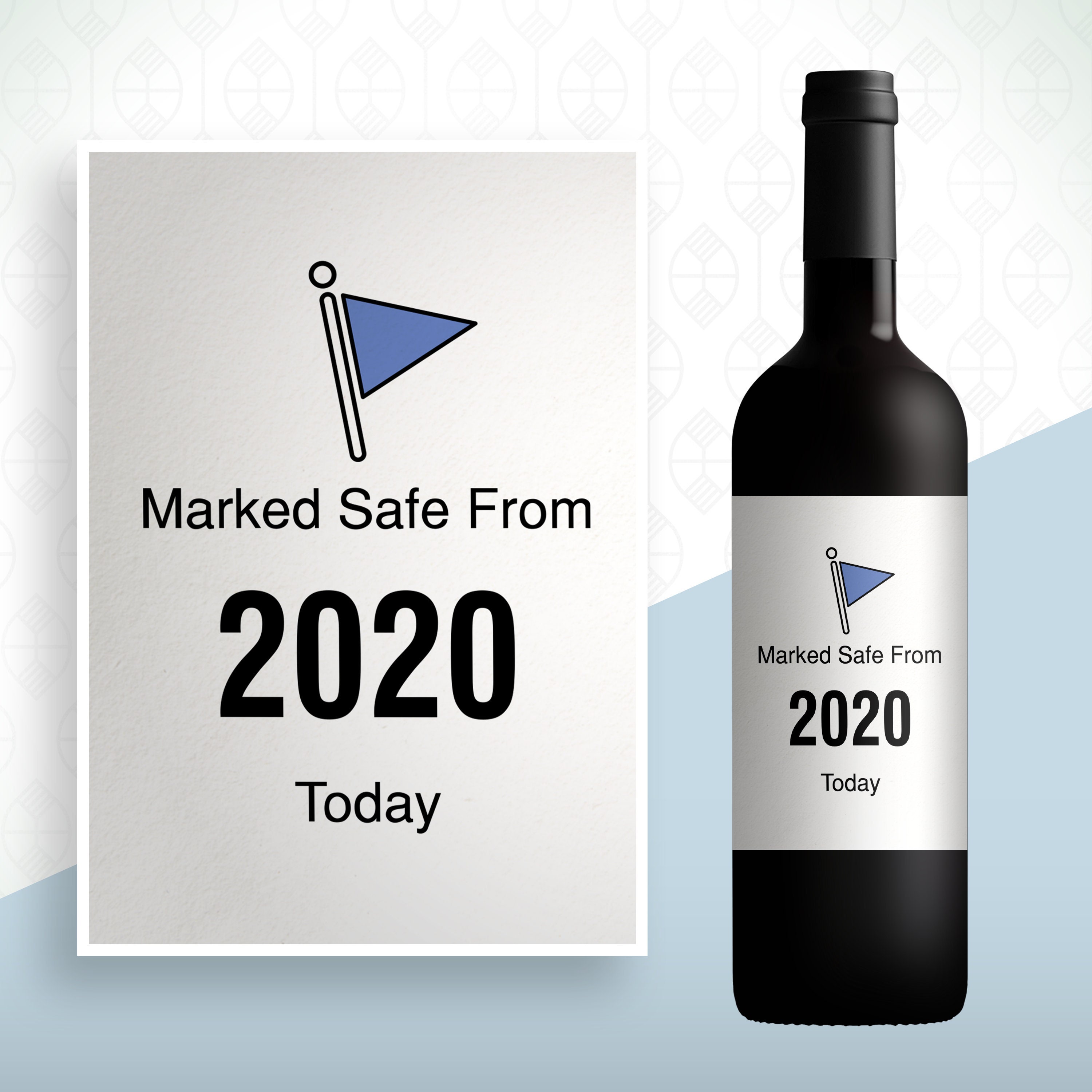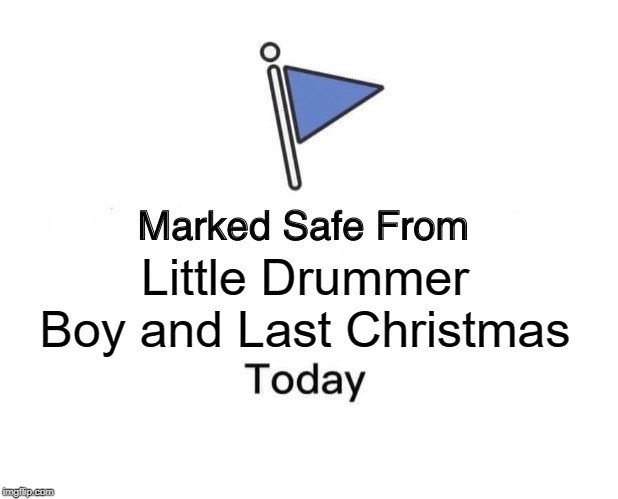

IATA has digital solutions to improve compliance. “Companies do not have to reinvent the wheel. The good news is that making meaningful improvements does not have to be difficult or require significant investment,” said Finn. “The survey shows that it is critical for organizations to assess their DG operations and identify processes, infrastructure gaps and areas of opportunities.

Only 25% believe their organization’s current infrastructure is equipped to meet future needs.There is awareness that critical improvements are needed. Another 37% said their organizations go beyond what is required by regulation, while 39% only adhere to minimum requirements.

Nearly a quarter of those (24%) surveyed said DG compliance is a competitive advantage.There is a solid foundation for compliance. Almost any item can be shipped safely, provided we have well-trained professionals following globally agreed standards and supported by the right technology and infrastructure,” said Nick Careen, IATA’s Senior Vice President Operations, Safety and Security. To handle them safely, we must further improve compliance with global standards. The growth of e-commerce and proliferation of lithium batteries in global supply chains are two indicators that the number of DG shipments will grow. “The air transport industry handles over 1.25 million DG shipments per year. While there are many areas of improvement over the last year, the survey demonstrated widespread awareness of the need to improve DG processes, training, technology and infrastructure,” said Robert Finn, Vice President, Labelmaster. “Global supply chain disruptions have put even more pressure on those professionals and companies responsible for shipping goods safely and compliantly. The survey results underscored the need for greater process consistency, increased automation and more reliable data to facilitate the safe and secure transport of dangerous goods (DG). The International Air Transport Association (IATA), Labelmaster and Hazardous Cargo Bulletin, have announced the results of their seventh annual 2022 Global Dangerous Goods Confidence Outlook.


 0 kommentar(er)
0 kommentar(er)
